Polycarbonate (PC), as a high-performance thermoplastic, holds a pivotal position in modern industry due to its exceptional transparency, impact resistance, and heat resistance.
Polycarbonate molding is widely used in the production of high-demand products such as medical devices, automotive components, and consumer electronics housings, thanks to its superior processability and molding precision.
However, a frequently raised question is: “Is polycarbonate safe?” This question pertains not only to the material’s inherent properties but also to the production process and the application scenarios of the final products.
In this article, we will delve into the safety of polycarbonate, elaborating on how we ensure product safety and reliability through meticulous material selection, precision manufacturing, and quality control.
What Is Polycarbonate?
Polycarbonate (PC) is a high-performance thermoplastic renowned for its exceptional transparency, outstanding impact resistance, and good heat resistance, making it widely used in injection molding. Its impact resistant nature makes it especially suitable for demanding applications.
The carbonate bonds in its molecular structure endow it with lightweight, durable, dimensionally stable, and electrically insulating properties, making it an ideal material for medical devices, automotive components, and consumer electronics.
Its light weight and mechanical durability further enhance its suitability for applications where strength and reduced weight are critical.
In injection molding, polycarbonate exhibits high precision and adaptability to complex shapes, enabling the production of thin-walled, intricate parts with tight tolerance control.
Its performance can be tailored with additives to meet specific requirements, such as flame retardancy or UV resistance. Additives can also enhance fire resistance and improve the overall fire resistance of polycarbonate materials, making them safer and compliant with fire safety standards.
Many injection molding companies leverage these properties, employing precision molding techniques to produce high-quality products that ensure an optimal balance of performance and safety.
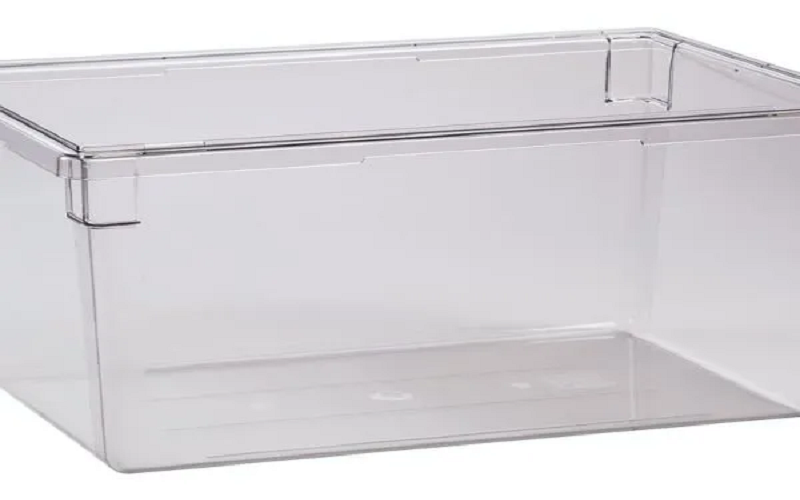
Properties of Polycarbonate Material
Polycarbonate exhibits a unique combination of physical, thermal, and optical properties that make it a highly versatile and widely used material across various industries.
Physical Properties
Polycarbonate is a lightweight, light weight yet durable material with outstanding mechanical durability, known for its exceptional impact resistance, making it an ideal choice for applications requiring toughness and longevity.
It is dimensionally stable, maintaining its shape and strength under mechanical stress, and offers excellent electrical insulation properties.
These characteristics contribute to its extensive use in consumer goods, automotive components, and safety equipment such as safety goggles.
Thermal Properties
Polycarbonate is highly heat resistant, maintaining structural integrity at elevated temperatures, with a glass transition temperature around 145°C (293°F) and a heat deflection temperature of approximately 130–140°C under load.
Compared to other plastics like acrylic and polypropylene, polycarbonate can withstand higher temperatures, making it suitable for more demanding applications.
This temperature resistance enables polycarbonate to be safely used in applications involving hot foods and boiling water, as well as in microwave-safe containers.
Its thermal stability also makes it an excellent choice for the construction industry, particularly for roofing sheets and other building materials that require robust heat resistance to withstand high temperatures.
Chemical Properties
PC exhibits robust chemical resistance to water, alcohols, and dilute acids, making it suitable for a variety of applications. However, it is less resistant to strong alkalis, hydrocarbons, and certain solvents, which can cause degradation over time.
Therefore, careful evaluation of the chemical environment is essential when selecting polycarbonate for applications such as medical devices or industrial components to ensure long-term performance and reliability.
Optical Properties
Polycarbonate is renowned for its excellent optical clarity and light transmission, often used as a durable and lightweight alternative to glass. This makes it perfect for applications such as electronic components, automotive industry glazing, and protective gear.
Its ability to replace glass while maintaining high impact resistance and durability has expanded its use in various consumer products and construction materials.
Overall, the combination of these properties positions polycarbonate as a perfect material for diverse uses, balancing strength, safety, and versatility.
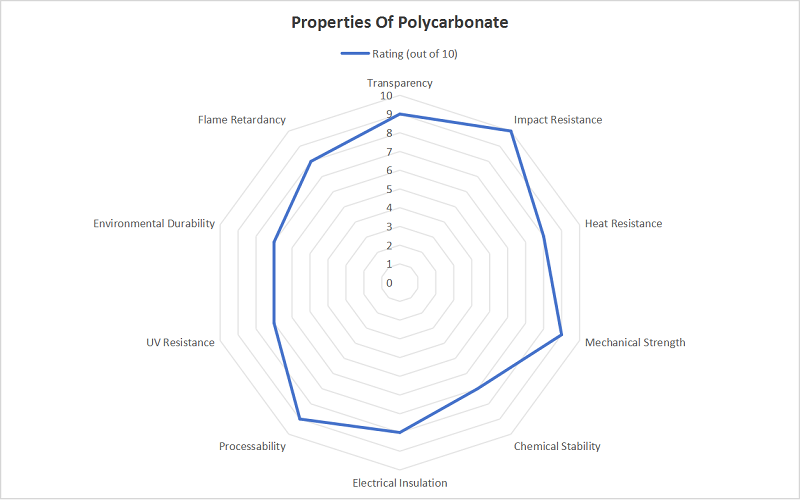
Are Polycarbonate BPA Free?
Polycarbonate is a durable thermoplastic resin synthesized from bisphenol A (BPA) and phosgene (COCl2), forming a polymer chain composed of carbonate groups.
The presence of these substances has raised significant safety concerns regarding PC materials.
Studies have shown that chronic exposure to BPA can disrupt hormonal functions in the body, leading to various health issues including neurological disorders, insulin resistance, and cardiovascular disease. BPA exposure levels in humans can be detected through urine samples.
Related research indicates that BPA and other environmental pollutants may trigger endocrine disruption and metabolic diseases. Pregnant women and children are especially vulnerable to BPA effects, and products such as dental sealants may also contain BPA components.
Meanwhile, phosgene is a highly toxic gas posing substantial risks during manufacturing, including respiratory problems and other acute health effects upon inhalation.
However, the use of BPA in polycarbonate plastics is controlled, and in many applications, human exposure to BPA is far below levels considered harmful.
For end-users of PC products, phosgene poses no direct risk as it is consumed in the chemical reaction process and does not remain in the finished product.
Therefore, to ensure the safe use of PC materials, it is recommended to avoid using BPA-containing PC for heating food containers and to adhere to strict safety measures during production.
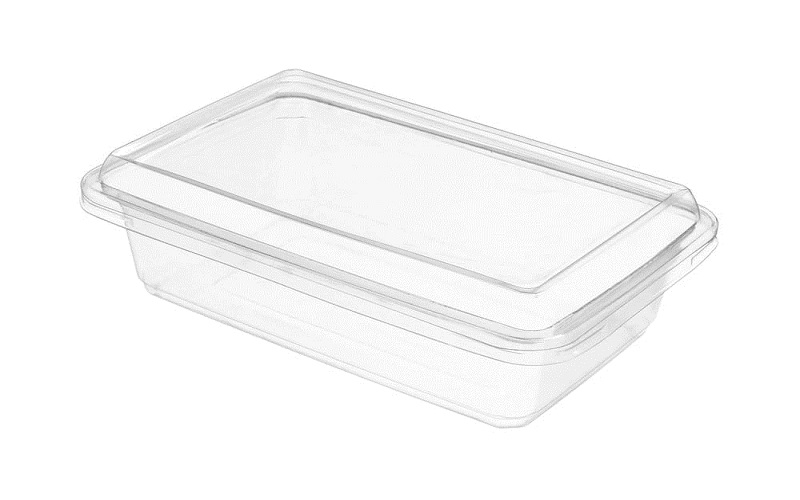
Is Polycarbonate Food Safe?
Polycarbonate containers are generally considered safe for food contact applications when they comply with FDA regulations and are used as intended.
However, concerns about BPA exposure have led many consumers to seek out BPA-free options, especially for items that come into contact with hot foods or liquids.
To reduce the risk of BPA leaching, it is advisable to avoid using polycarbonate containers for storing or heating hot foods, and to replace them if they show signs of wear or damage.
For those seeking alternatives, materials such as stainless steel, ceramic containers, or polypropylene (PP) plastics offer food-safe options without the potential risks associated with BPA.
Polycarbonate plastics are often used in containers that store food and beverages, such as plastic containers, drinking bottles, and food cans.
The EU Regulation No. 10/2011 on food contact materials outlines restricted use conditions for polycarbonate products to ensure that human exposure to bisphenol A and other harmful substances remains within safe limits.
Consumers should look for FDA-approved and BPA-free labels when selecting containers for food storage and follow proper usage guidelines, such as avoiding prolonged exposure to high temperatures or direct sunlight, to minimize the risk of chemical leaching.
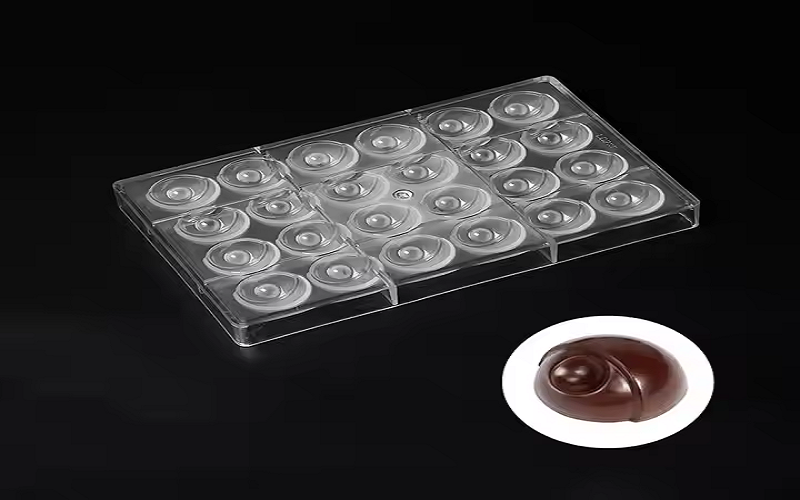
What Are the Health Concerns Related to Polycarbonate?
In recent years, as the applications of polycarbonate products have expanded, there have been growing concerns about their impact on human health.
So, is polycarbonate harmful to humans?It is important to note that polycarbonate is a stable compound that, through heating and pressurizing, undergoes a polymerization reaction to form a stable structure, and does not actively release harmful substances.
Thus, under normal use and processing, PC plastic poses no direct harm to human health.
However,studies indicate that at high temperatures, PC can release Bisphenol-A (BPA), potentially affecting the endocrine system.
Many countries have thus regulated BPA levels in consumer products, especially in food containers, drinking water containers, and children’s items, to safeguard health.
Additionally, other plastic additives in PC, like flame retardants and plasticizers, may pose health risks, with some being considered carcinogenic.
Some of these additives are classified as toxic chemicals and environmental pollutants, which may contribute to health problems such as hormonal imbalances, reproductive toxicity, and metabolic disorders.
Therefore, the potential health risks associated with polycarbonate primarily stem from high-temperature exposure and certain chemical additives.
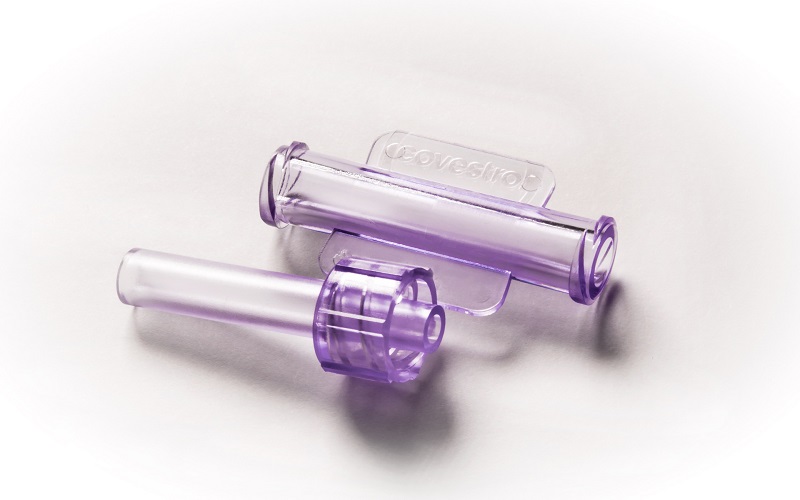
Environmental Impact and Recycling of Polycarbonate Plastic
The environmental impact of polycarbonate extends from its production to its disposal. The use of BPA)in manufacturing has raised concerns about environmental health, particularly as BPA can act as a pollutant in aquatic ecosystems.
Additionally, polycarbonate plastics are not biodegradable and can persist in the environment for centuries, contributing to long-term waste and pollution challenges.
To address these issues, it is crucial to implement sustainable practices such as recycling polycarbonate products and improving waste management systems.
Polycarbonate plastics are 100% recyclable and are identified by the plastic recycling symbol “7.” One effective recycling method is chemical recycling, where waste PC is reacted with phenol to produce monomers, which are then purified for further polymerization.
Recycling of polycarbonate resins is vital for sustainability, as it helps recover high-quality materials and supports a circular economy.
The recycled polycarbonate can be used to manufacture a variety of new products, including electronic device casings, automotive parts, building materials, and other plastic products.
However, due to potential additives such as BPA and contaminants in PC plastics, the recycling process must be carefully managed to ensure the quality and safety of the recycled material.
An environmental assessment is necessary to confirm that recycled polycarbonate is safe for reuse and does not pose risks to human health or the environment.
Researchers are also exploring alternative materials and greener production methods to reduce the environmental footprint of polycarbonate.
By prioritizing responsible use, recycling, and disposal, both manufacturers and consumers can help mitigate the environmental impact of this widely used material.
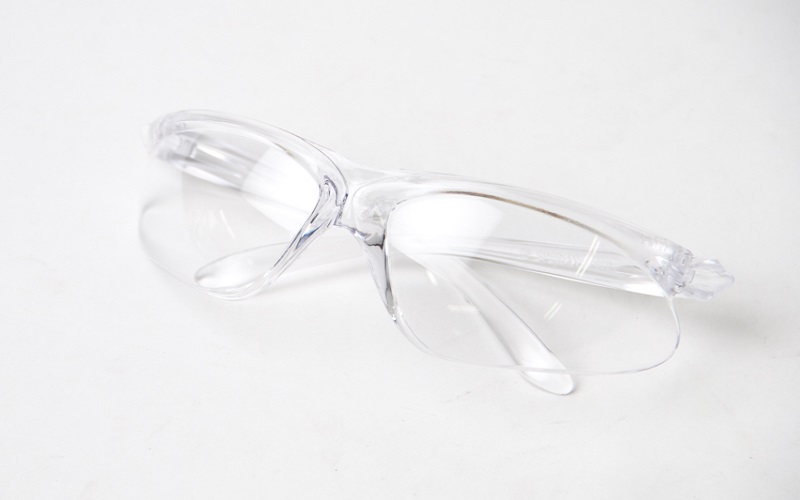
Comparison Of The Safety Of Polypropylene And Polycarbonate
In the comparison of Polypropylene vs Polycarbonate regarding safety, both materials exhibit distinct characteristics that significantly influence their suitability and safety levels for various applications.
Polycarbonate compare to polypropylene in terms of impact resistance, optical clarity, and heat resistance, with polycarbonate offering higher impact resistance and clarity, while polypropylene is generally considered safer for food contact.
Polypropylene is widely regarded as a safer option for food contact and medical applications due to its chemical resistance, heat resistance, and lack of BPA, which is commonly associated with Polycarbonate.
PP plastics are widely used for food storage and plastic bottles because of their non-toxic properties and suitability for storing beverages and food products.
Conversely, while PC offers superior strength and clarity, it has raised health concerns due to the presence of BPA, a chemical that may leach into food and beverages under certain conditions, potentially impacting human health.
Therefore, for applications requiring direct food contact or higher levels of consumer safety, PP is often preferred for its non-toxic nature and its common use in food storage and plastic bottles.
However, in applications where higher impact resistance or clarity is needed, PC might be considered with careful attention to its BPA content and potential health implications.
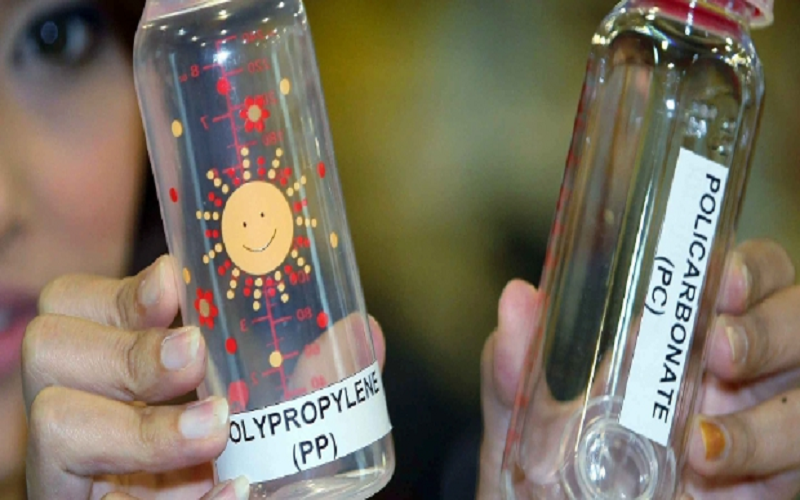
Conclusion
Polycarbonate is a versatile and durable material widely used across industries due to its excellent impact resistance, heat resistance, and optical clarity.
While concerns about BPA exposure have raised questions about its safety, regulatory agencies such as the FDA and EFSA have established strict guidelines ensuring that polycarbonate products used for food contact are safe when used properly.
Consumers should follow recommended usage practices, such as avoiding high-temperature exposure and selecting BPA-free options when possible, to minimize any potential health risks.
Additionally, the environmental impact of polycarbonate highlights the importance of responsible recycling and sustainable production methods.
Overall, polycarbonate remains a valuable and generally safe material for food storage and various other applications when handled with care and awareness.
